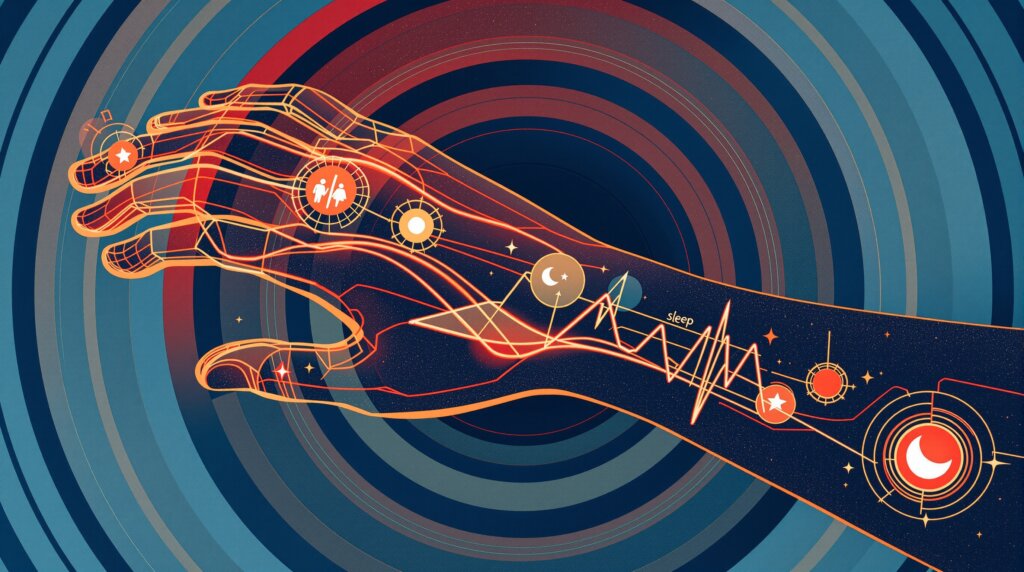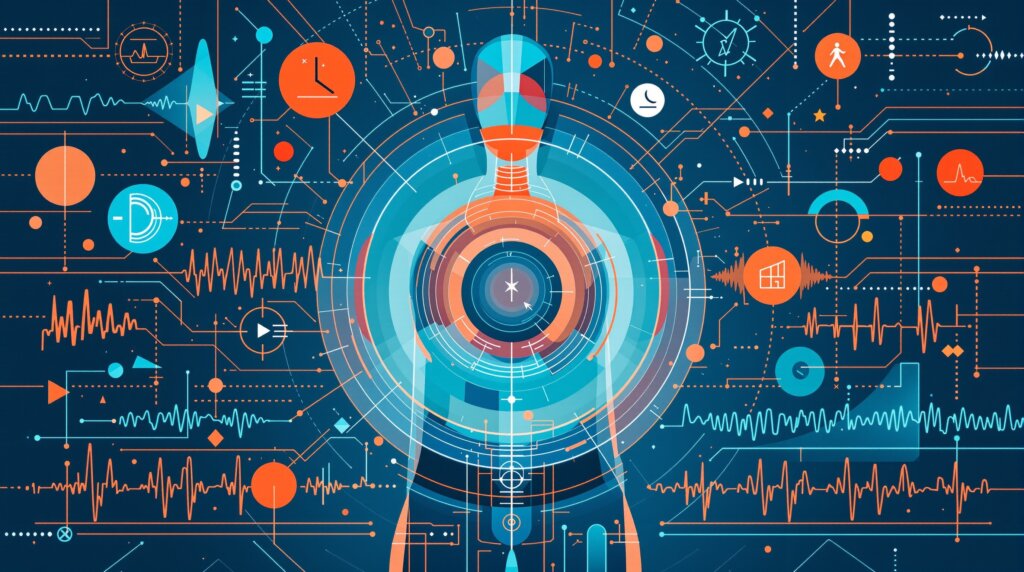The Rise of health rings in Personal Monitoring
Understanding the Wearable Health Revolution
The wearable health technology market has experienced remarkable growth, with consumers increasingly seeking devices that seamlessly integrate into their daily lives while providing meaningful health insights. Among the most intriguing developments in this space is the emergence of health rings—sleek, discreet devices that promise to deliver comprehensive health monitoring from your finger. Unlike traditional smartwatches, these rings offer a more subtle approach to health tracking, often appealing to users who prefer minimal interference with their lifestyle.
While smartwatches have dominated the market with their comprehensive feature sets and real-time feedback capabilities, health rings have carved out a unique niche by focusing on continuous, unobtrusive monitoring. This raises an important question for health-conscious consumers: do these compact devices actually deliver more accurate health data than their larger counterparts? The answer, as we’ll explore, tends to be more nuanced than a simple yes or no.

How Sensors and Placement Impact Data Quality
The Foundation of Accurate Health Monitoring
Both health rings and smartwatches rely on similar core technologies, primarily photoplethysmography (PPG) sensors, to capture vital health metrics like heart rate and blood oxygen levels. However, the placement of these sensors creates distinct advantages and limitations for each device type. Health rings benefit from their position on the finger, where blood flow patterns can sometimes provide clearer signals, particularly during periods of rest.
The finger placement often allows for more consistent skin contact, which is crucial for accurate PPG readings. However, this advantage isn’t always reliable—fingers can become cold, affecting circulation, and rings may shift during sleep or daily activities. These factors can introduce inconsistencies that may compromise data quality, especially during more dynamic periods of the day.
Motion Artifacts and Real-World Performance
One significant challenge for health rings lies in their susceptibility to motion artifacts during physical activity. Hand movements, which are frequent and varied throughout the day, can disrupt sensor readings more dramatically than the relatively stable wrist position of smartwatches. During exercise, this difference becomes particularly pronounced, with rings often struggling to maintain accurate readings during high-intensity activities.
The proprietary algorithms that process this raw sensor data play a crucial role in determining accuracy. While both device types face similar technical challenges, the quality and sophistication of these algorithms can vary significantly between manufacturers. Some companies excel at filtering out noise and compensating for movement, while others may not be as effective, leading to unreliable readings regardless of the underlying sensor quality.
Comparing Accuracy Across Key Health Metrics
Heart Rate Monitoring: Context Matters
When it comes to heart rate tracking, the performance gap between rings and watches often depends heavily on the context of measurement. During periods of rest, some health rings can match or even exceed the accuracy of smartwatches, benefiting from the stable blood flow patterns in the finger. However, this advantage tends to diminish rapidly during physical activity.
During intense exercise, smartwatches generally demonstrate superior performance due to their more stable positioning and larger sensor arrays. The constant hand movements associated with most activities create significant challenges for ring-based sensors, leading to readings that may be less reliable when you need accurate data most—during workouts and training sessions.
Blood Oxygen and Advanced Metrics
Blood oxygen monitoring (SpO₂) represents another area where both device types make ambitious claims, though independent validation studies remain somewhat limited. The accuracy of these measurements depends heavily on sensor quality and proper skin contact, factors that can vary significantly based on individual anatomy and device fit.
Heart Rate Variability (HRV) tracking may represent one area where health rings can truly excel. The continuous, low-motion capture possible with a well-fitted ring can provide valuable insights into recovery and stress levels. This metric, which has become increasingly important for longevity-focused individuals, benefits from the consistent contact that rings can maintain during sleep and rest periods.
Sleep Tracking: The Ring Advantage
Sleep monitoring often emerges as a key strength for health rings, primarily due to comfort considerations. Many users find rings less intrusive during sleep, leading to more consistent wear and, consequently, more complete data collection. The unobtrusive nature of rings means users are less likely to remove them, resulting in better long-term tracking consistency.
However, it’s worth noting that while rings may capture more consistent overnight data, smartwatches often provide more detailed sleep stage analysis. The larger form factor allows for additional sensors and processing power that can sometimes yield more granular insights into sleep architecture, though this advantage may not be significant for all users.
Critical Factors That Influence Accuracy
The Importance of Proper Fit
Device fit emerges as perhaps the most critical factor affecting accuracy for both rings and watches, but rings face unique challenges in this regard. Unlike watch bands that can be easily adjusted, rings must fit precisely to maintain consistent sensor contact. A ring that’s too loose may shift and create gaps, while one that’s too tight can restrict circulation, both scenarios leading to compromised data quality.
Environmental factors also play a significant role in sensor performance. Cold temperatures can affect finger circulation more dramatically than wrist circulation, potentially impacting ring accuracy during outdoor activities or in air-conditioned environments. Additionally, the type and intensity of activities performed throughout the day can influence which device type provides more reliable data.
Battery Life and Sampling Frequency
The relationship between battery life and data accuracy presents interesting trade-offs for both device types. More frequent sensor sampling generally improves accuracy but drains battery faster. Health rings, with their smaller batteries, may sometimes compromise on sampling frequency to achieve acceptable battery life, though many modern rings achieve impressive 7-10 day battery performance while maintaining reasonable sampling rates.
Expert Insights and User Experiences
Medical Professional Perspectives
Healthcare professionals consistently emphasize that neither health rings nor smartwatches should be considered medical devices, regardless of their accuracy claims. Both device types can occasionally produce false alarms or miss important health events, making them valuable tools for general wellness monitoring rather than diagnostic instruments.
User preferences often align with specific lifestyle needs and priorities. Those who value discretion and comfort, particularly during sleep, tend to gravitate toward rings. Meanwhile, users who prioritize comprehensive features, real-time feedback during workouts, and detailed analytics often prefer smartwatches despite their more noticeable presence.
Choosing the Right Device for Your Health Goals
Finding Your Optimal Monitoring Solution
The question of whether health rings are more accurate than smartwatches doesn’t have a universal answer. Instead, accuracy tends to be context-dependent, with each device type excelling in different scenarios. Health rings may provide more reliable data during rest, sleep, and low-activity periods, while smartwatches generally perform better during exercise and dynamic activities.
For individuals focused on longevity metrics like HRV, sleep quality, and continuous monitoring, a health ring might offer the ideal combination of accuracy and convenience. The discrete nature of rings encourages consistent wear, which is crucial for establishing meaningful health trends over time. This aligns well with the growing understanding that long-term patterns often matter more than individual readings.
Consider your primary health monitoring goals when making a decision. If comprehensive fitness tracking, GPS capabilities, and real-time workout feedback are priorities, a smartwatch may better serve your needs. However, if you’re focused on stress management, sleep optimization, and general wellness trends, a health ring could provide the accurate, unobtrusive monitoring you’re seeking.
As sensor technology continues to evolve and algorithms become more sophisticated, the gap between these device types may narrow. The future likely holds even more accurate and specialized devices, potentially including hybrid solutions that combine the best aspects of both form factors. For now, the most accurate device is often the one you’ll actually wear consistently—making comfort and lifestyle compatibility just as important as technical specifications.
Frequently Asked Questions
Are health rings more accurate than smartwatches for heart rate?
Can a health ring detect arrhythmias better than a smartwatch?
Which is better for tracking sleep and recovery: a ring or a watch?
How do I choose between a health ring and a smartwatch for longevity and preventive health tracking?
Can wearing a ring or watch actually help me live longer or improve my healthspan?



